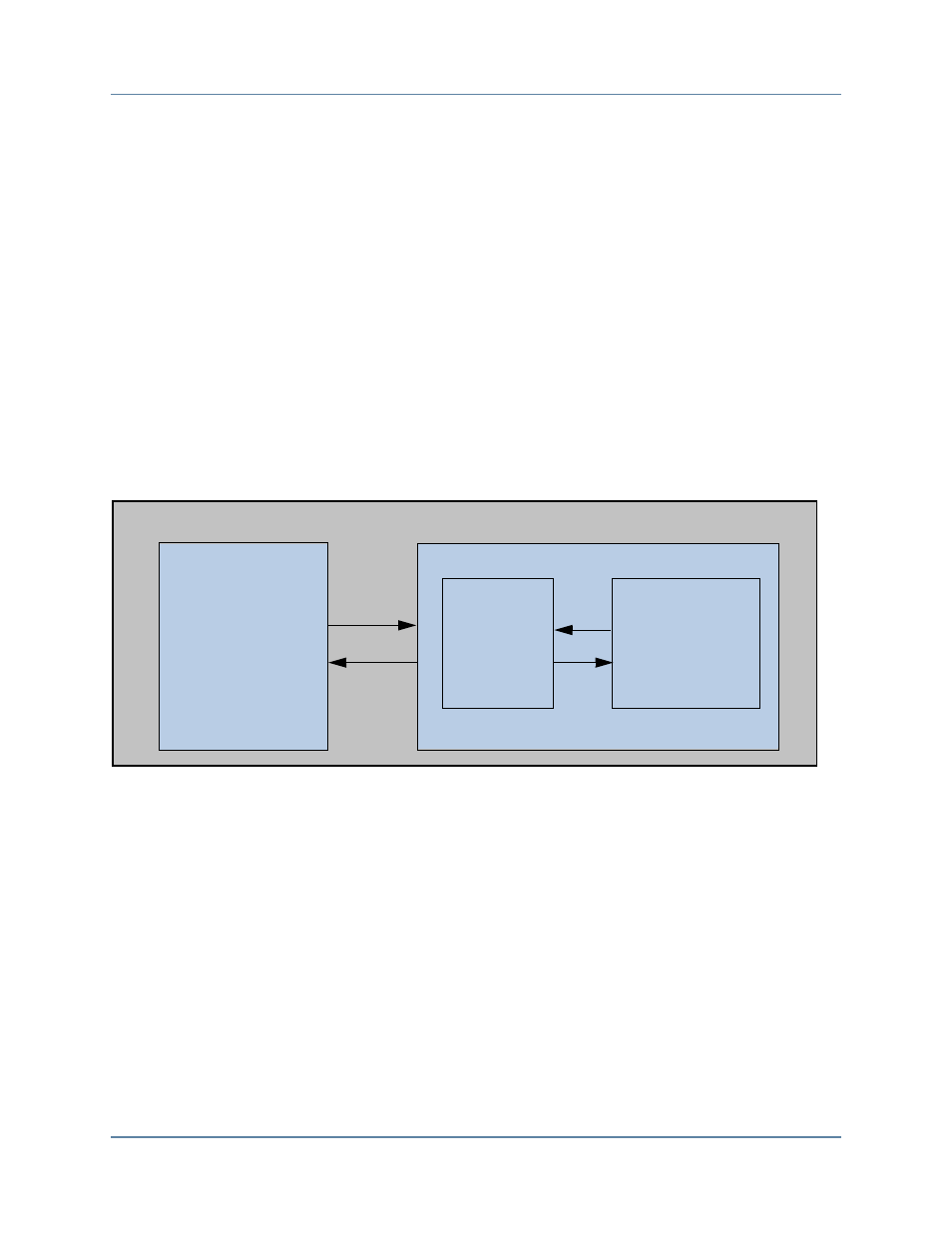Handle_read_data_ready(), Verifying a master dut, Axi3 bfm slave test program – Altera Mentor Verification IP Altera Edition AMBA AXI3/4TM User Manual
Page 173: In the, Tutoria

SystemVerilog Tutorials
Verifying a Master DUT
Mentor VIP AE AXI3/4 User Guide, V10.2b
155
September 2013
handle_read_data_ready()
The handle_read_data_ready() task handles the RREADY signal for the read data channel. It
delays the assertion of the RREADY signal based on the settings of the
handle_read_data_ready() task code is similar in operation to the
task. Refer to the
“SystemVerilog AXI4 Master BFM Test Program”
complete handle_read_data_ready() code listing.
Verifying a Master DUT
A master DUT component is connected to a slave BFM at the signal-level. A slave test program,
written at the transaction-level, generates stimulus via the slave BFM to verify the master DUT.
illustrates a typical top-level testbench environment.
Figure 6-4. Master DUT Top-level Testbench Environment
In this example the slave test program is a simple memory model.
A top-level file instantiates and connects all the components required to test and monitor the
DUT, and controls the system clock (ACLK) and reset (ARESETn) signals.
AXI3 BFM Slave Test Program
The slave test program is a memory model and contains two APIs: a
and an
Advanced AXI3 Slave API Definition
.
AXI3 Basic Slave API Definition
allows you to create a wide range of stimulus scenarios to
test a master DUT. This API definition simplifies the creation of slave stimulus based on the
default response of OKAY to read and write transactions.
Program
Test
Slave
BFM
Master
DUT
Slave
Top-level File